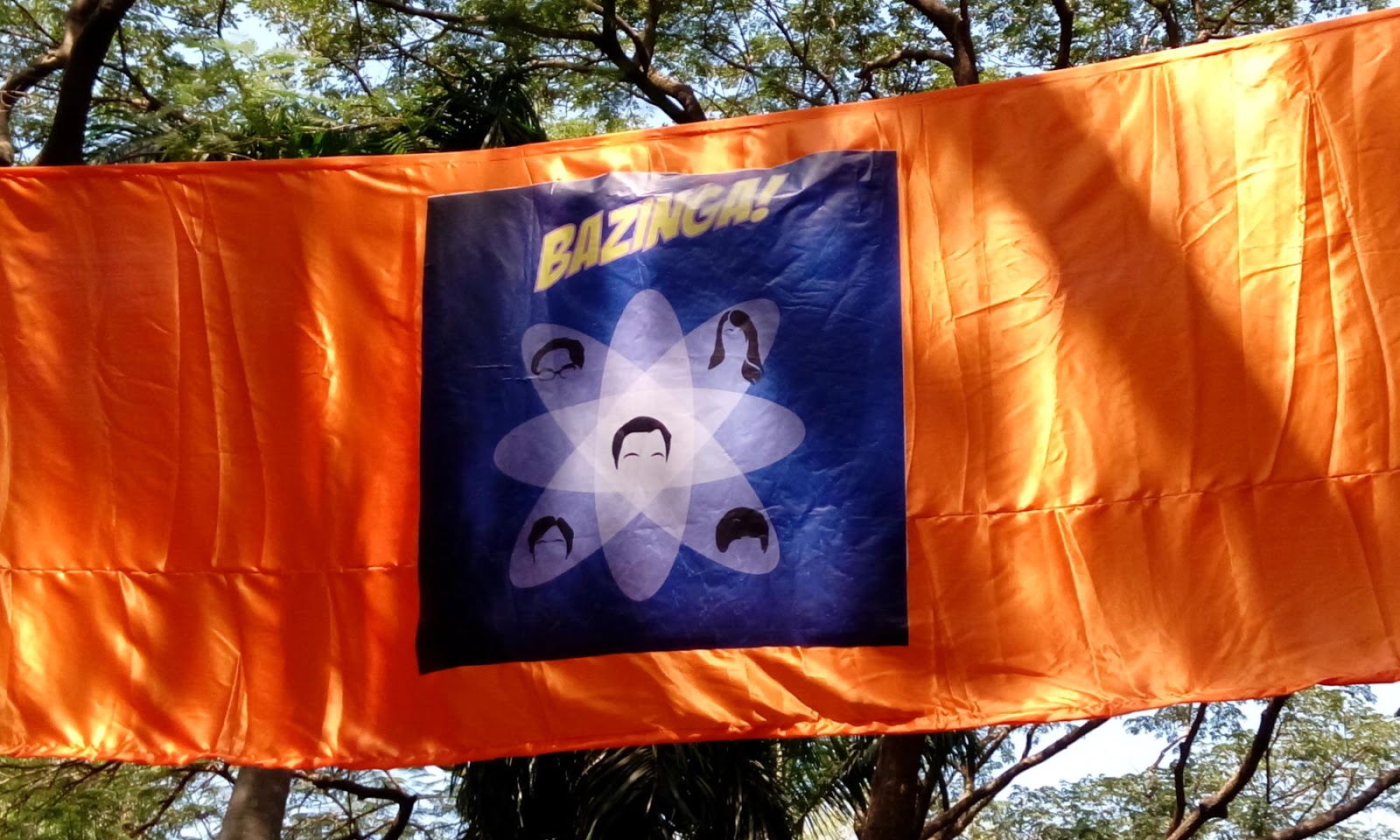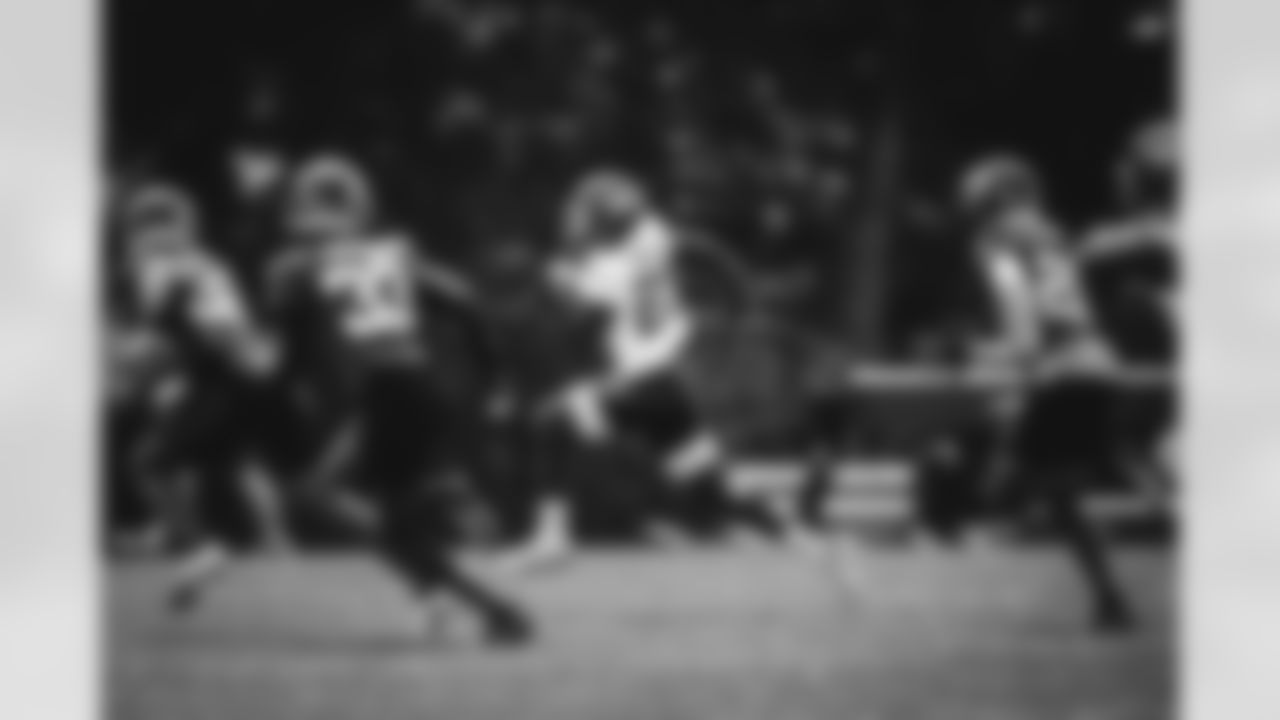

The demo was operating in it's own screen, allowing the higher resolution Amiga Workbench screen to be dragged down to make the Boing Ball visible from behind, bouncing up above the Workbench while the Workbench remained fully active. 'RJ' Mical (born 26 January 1956) is an American computer programmer and hardware designer who has primarily worked in video games. It was specifically designed to take advantage of the Amiga's custom graphics, achieving a level of speed and smoothness not previously seen on an affordable computer. Robert Katz, Ph.D. The 1984 Boing Ball demo was one of the very first demos shown on the Amiga. This listing includes patent applications that are pending as well as patents that have already been granted by the United States Patent and Trademark Office (USPTO). Suspecting a trick, they began looking around the booth for a hidden computer or VCR. Mical has filed for patents to protect the following inventions.

Because the bouncing ball animation was so fast and smooth, attendees did not believe the Amiga prototype was really doing the rendering.

At the time it was an amazing achievement that surpassed all current systems of the time. Use the left mouse button to increase the speed of the ball and the right mouse button to slow it down.Īccording to the legend, the Boing Ball demo was written late one night at the Winter CES show in January 1984 by RJ Mical and Dale Luck. and then Commodore International on the development of the Amiga 1000 and later models. Launch the "boing!" demo in the "animations" folder of the Workbench Demos disk and pull down the Workbench screen to reveal the demo.


 0 kommentar(er)
0 kommentar(er)
